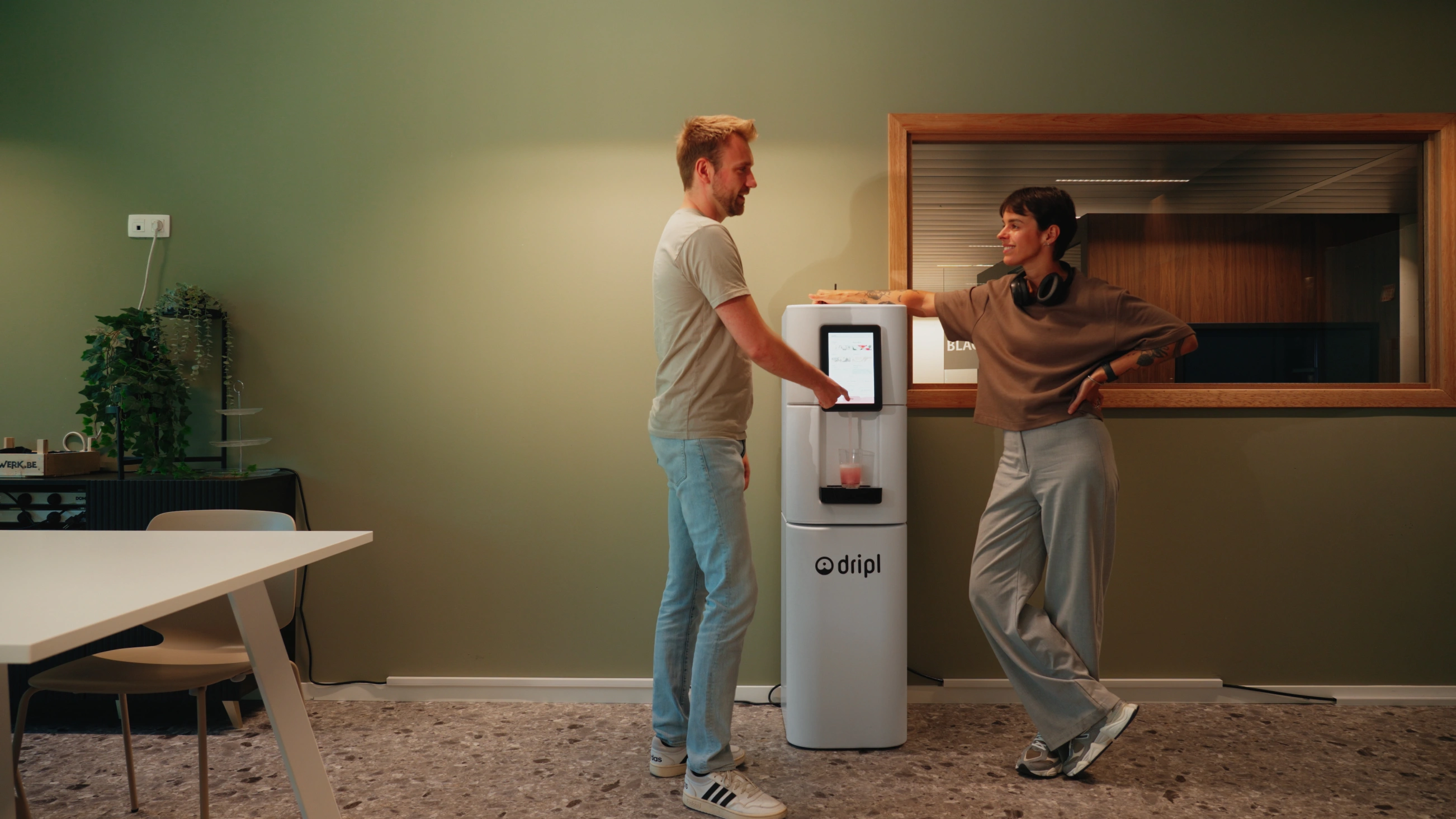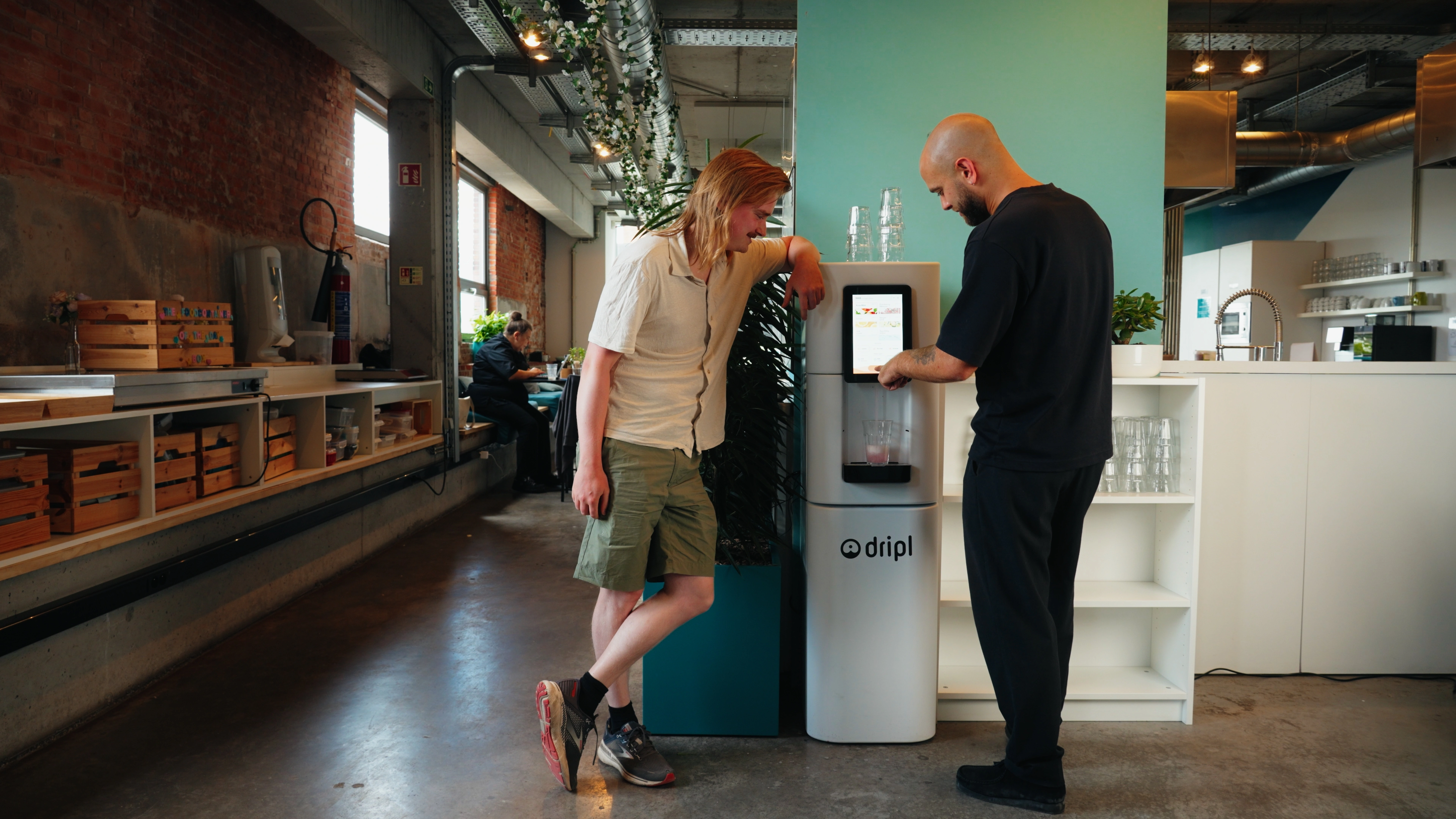All blog posts
5 tips for dealing with the introduction of deposit money in the Netherlands

What do you need to know about deposits in the Netherlands since 2023?
Since April 1, 2023, a deposit has been in effect in the Netherlands on plastic bottles and cans. You pay a small additional fee upon purchase and get it back when you return the packaging. You could read all this in the previous blog post, but how should you best handle such a change?
It sounds simple, but in practice the system still raises many questions. How exactly does it work? And as a consumer or company, how do you play it smartly? Below are five handy tips.
These tips will help you easily deal with deposits in the Netherlands. They also help reduce your impact on the environment.
1. Make smart use of collection points
Scattered across the Netherlands you can find thousands of collection points where you can hand in your empty bottles and cans. Think supermarkets, gas stations and some offices. By actively using these points:
- Get your deposit amount back (€0.15 for small bottles and cans, €0.25 for large bottles).
- Help create a circular economy.
- Reduce your litter and plastic pollution.
📍 Tip: Set up a central collection point in the office for deposit containers. That way, returning them becomes a habit.
2. Sort your waste consciously
Good waste separation is crucial for the deposit system to work. If you don't throw your deposit packaging with the residual waste, you will lose your deposit and they will not be recycled.
🔍 Fact: Not all packaging is covered by the deposit. Note the special logos on the label. Packaging without a symbol belongs in the PMD waste (plastic, metal and drinking cardboard).
3. Use a reusable drinking bottle
Want to pay no deposit at all and go zero waste? Then a reusable drinking bottle is the best solution. This way you avoid disposable plastic packaging and contribute to less carbon emissions, less transport and less waste.
💡 Many companies install refill points or water dispensers in the office to encourage the reuse of drinking bottles. Dripl is a good example of this.
4. Buy more consciously
The introduction of deposits encourages more conscious buying behavior. Whenever possible, opt for:
- Beverages in reusable containers.
- Products without unnecessary repackaging.
- Local brands committed to sustainability.
By buying more consciously, you not only reduce your carbon footprint, but also save money in the long run.
5. Pay close attention to the deposit symbols.
Since its introduction, products covered by the deposit have had a recognizable logo. You can usually find this on the label or near the barcode. So always check:
- Is there a deposit on this package?
- Where can I turn it in?
🧾 Tip: On statiegeldnederland.nl you can find a handy list of participating packages.

What do you need to know about deposits in the Netherlands since 2023?
Since April 1, 2023, a deposit has been in effect in the Netherlands on plastic bottles and cans. You pay a small additional fee upon purchase and get it back when you return the packaging. You could read all this in the previous blog post, but how should you best handle such a change?
It sounds simple, but in practice the system still raises many questions. How exactly does it work? And as a consumer or company, how do you play it smartly? Below are five handy tips.
These tips will help you easily deal with deposits in the Netherlands. They also help reduce your impact on the environment.
1. Make smart use of collection points
Scattered across the Netherlands you can find thousands of collection points where you can hand in your empty bottles and cans. Think supermarkets, gas stations and some offices. By actively using these points:
- Get your deposit amount back (€0.15 for small bottles and cans, €0.25 for large bottles).
- Help create a circular economy.
- Reduce your litter and plastic pollution.
📍 Tip: Set up a central collection point in the office for deposit containers. That way, returning them becomes a habit.
2. Sort your waste consciously
Good waste separation is crucial for the deposit system to work. If you don't throw your deposit packaging with the residual waste, you will lose your deposit and they will not be recycled.
🔍 Fact: Not all packaging is covered by the deposit. Note the special logos on the label. Packaging without a symbol belongs in the PMD waste (plastic, metal and drinking cardboard).
3. Use a reusable drinking bottle
Want to pay no deposit at all and go zero waste? Then a reusable drinking bottle is the best solution. This way you avoid disposable plastic packaging and contribute to less carbon emissions, less transport and less waste.
💡 Many companies install refill points or water dispensers in the office to encourage the reuse of drinking bottles. Dripl is a good example of this.
4. Buy more consciously
The introduction of deposits encourages more conscious buying behavior. Whenever possible, opt for:
- Beverages in reusable containers.
- Products without unnecessary repackaging.
- Local brands committed to sustainability.
By buying more consciously, you not only reduce your carbon footprint, but also save money in the long run.
5. Pay close attention to the deposit symbols.
Since its introduction, products covered by the deposit have had a recognizable logo. You can usually find this on the label or near the barcode. So always check:
- Is there a deposit on this package?
- Where can I turn it in?
🧾 Tip: On statiegeldnederland.nl you can find a handy list of participating packages.
FAQs
Get your free quote
Get your personalised quote today. We’ll get back to you soon.




-min.png)